Mansaf is a traditional Middle Eastern dish that has a long history and significant cultural importance in the region. It is considered the national dish of Jordan and is also popular in other countries such as Syria, Lebanon, and Palestine.
The origins of this dish can be traced back to the Bedouin tribes who lived in the deserts of the Arabian Peninsula. They would prepare a dish of lamb or goat meat cooked with yogurt and rice, which they would eat with their hands using bread as a utensil. Over time, this dish evolved and became a symbol of hospitality and generosity among Arab tribes.
Mansaf is typically prepared for special occasions such as weddings, Eid, and other celebrations. The dish consists of lamb or goat meat that is cooked in a sauce made from fermented yogurt, called Jameed. The meat is then served on a bed of rice and garnished with almonds and parsley. This dish is traditionally eaten using the hands, and guests are encouraged to share the dish from a communal platter, which symbolizes unity and togetherness.
The cultural significance of Mansaf extends beyond just its delicious taste. It represents the values of generosity, hospitality, and community that are deeply ingrained in Arab culture. In Jordan, it is a symbol of national pride and is often served to foreign dignitaries as a sign of respect and hospitality.
Introduction
Mansaf is more than just a dish; it is a symbol of the rich cultural heritage and values of the Arab world. Its popularity and significance have endured for centuries and continue to be celebrated and enjoyed by people across the region and beyond. This dish is among the top-liked dishes of the middle east like Baklava, Knafeh, Masgouf , Kebab Karz, Shawarma, Shanklish, etc
Nutritional facts of Mansaf
The nutritional value of Mansaf can vary depending on the specific recipe and ingredients used. However, here are some general nutritional facts about the dish:
- This dish is a high-protein dish, thanks to lamb or goat meat. A serving of Mansaf (approximately 300 grams) contains around 50-60 grams of protein.
- Mansaf is also high in fat, due to the use of fatty cuts of meat and yogurt sauce. A serving of this dish can contain around 40-50 grams of fat.
- The dish is relatively low in carbohydrates, as the primary source of carbohydrates comes from rice. A serving of this dish may contain around 40-50 grams of carbohydrates.
- Mansaf is a good source of vitamins and minerals, particularly calcium and phosphorus. The fermented yogurt sauce (Jameed) used in the dish is rich in these nutrients.
Health benefits
Mansaf offers several health benefits due to its nutritious ingredients. Here are some of the health benefits of this dish:
- High protein content: Mansaf is made with lamb or goat meat, which is a great source of protein. Protein is essential for building and repairing muscles, tissues, and cells in the body.
- Good source of healthy fats: While this dish is high in fat, the majority of the fat comes from healthy unsaturated fats found in meat, nuts, and yogurt. These fats are important for brain health, reducing inflammation, and promoting heart health.
- Rich in vitamins and minerals: Mansaf contains several vitamins and minerals, including calcium, phosphorus, vitamin B12, and zinc. These nutrients are essential for maintaining healthy bones, muscles, and nerves.
- May help with digestion: this dish is often made with fermented yogurt (Jameed), which contains beneficial bacteria that can promote a healthy gut microbiome. A healthy gut microbiome has been linked to improved digestion and a stronger immune system.
- May help with weight management: The high protein content in this dish can help keep you feeling full for longer, which can aid in weight management by reducing overall calorie intake.
- Promotes social bonding: Mansaf is often served communal style, where guests share a large platter of the dish. This promotes social bonding and fosters a sense of community and togetherness.
Recipe of Mansaf
The cooking time for Mansaf can take around 3-4 hours, depending on the tenderness of the meat and the soaking time for the rice. It’s important to simmer the meat until it’s tender to ensure the best flavor and texture.
Ingredients
Here are the ingredients typically required for making this dish for three people serving:
- 1 kg lamb or goat meat (preferably with bones)
- 2 cups of Jameed (fermented yogurt)
- 1 kg of long-grain rice
- 1 cup of almonds, blanched and sliced
- 1/2 cup of vegetable oil or ghee
- 2 onions, chopped
- 2 garlic cloves, minced
- 2 teaspoons of ground cumin
- Salt and pepper to taste
- Water
Optional garnishes:
- Fresh parsley, chopped
- Dried mint
- Lemon wedges
Note: Jameed (fermented yogurt) is a key ingredient in Mansaf and can be difficult to find outside of the Middle East. It can be substituted with plain yogurt or labneh, but the flavor may not be the same.
It’s important to note that specific recipes and variations of this dish can vary depending on the region and family tradition.
Utensils required
Here are the utensils typically required for making Mansaf:
- Large pot: A large pot is necessary for boiling the meat and cooking the Jameed.
- Serving platter: this dish is traditionally served on a large platter, so a sturdy, large serving dish is necessary.
- Mixing bowl: A mixing bowl is needed for dissolving the Jameed.
- Colander: A colander is used for rinsing rice.
- Large cooking spoon: A large cooking spoon is necessary for stirring the meat and Jameed.
- Pan: A pan is used for frying almonds.
- Cutting board and knife: A cutting board and knife are necessary for chopping the onions and garlic.
- Ladle: A ladle is used for scooping the Jameed over the meat.
- Measuring cups and spoons: Measuring cups and spoons are needed for the precise measuring of ingredients.
- Strainer: A strainer can be used for skimming any foam or impurities that rise to the top of the boiling meat.
Overall, the utensils required for making Mansaf are fairly standard kitchen tools. It’s important to have a large pot and serving platter to accommodate the large portions typically associated with this dish.
Steps in making Mansaf
Preparation
Rinse the rice in a colander and soak it in water for at least 30 minutes. This will help the rice cook faster and become more tender.
Cooking
In a large pot, bring the lamb or goat meat to a boil in enough water to cover it. Skim off any foam that rises to the top, and add the chopped onions, garlic, cumin, salt, and pepper. Reduce the heat to medium-low and cover the pot. Simmer for about 2-3 hours, or until the meat is tender and falls off the bone. If necessary, add more water during cooking to ensure the meat is fully submerged.
While the meat is cooking, prepare the Jameed by dissolving it in warm water according to package instructions. This usually involves soaking the Jameed in cold water for a few hours, then adding warm water and stirring until it’s fully dissolved.
When the meat is almost done, remove the bones and transfer the meat to a serving platter. Keep the cooking liquid (broth) in the pot.
In a separate pan, heat the vegetable oil or ghee over medium heat. Add the sliced almonds and fry until they’re golden brown. Remove from the heat and set aside.
Add the prepared Jameed to the pot of meat broth and stir well. Bring the mixture to a gentle boil, stirring occasionally, and let it simmer for about 10-15 minutes. Be careful not to boil the Jameed too vigorously, as this can cause it to curdle.
Serving
To assemble the Mansaf, pour the prepared Jameed over the meat on the serving platter. Sprinkle the fried almonds on top of the meat and Jameed.
Serve the cooked rice on the side. To prepare the rice, drain the soaked rice and rinse it in cold water. Add the rice to a pot of boiling salted water and cook until it’s tender and fluffy. Drain any excess water and fluff the rice with a fork.
Optional: Garnish the Mansaf with chopped parsley, dried mint, and lemon wedges.
Precautions in cooking
Here are some precautions to keep in mind when making Mansaf:
- Be careful not to overcook the meat, as it can become tough and dry. Keep an eye on the cooking time and check the meat periodically to ensure it’s cooked through but still tender.
- When dissolving the Jameed, make sure to follow the package instructions carefully. If the Jameed isn’t dissolved properly, it can curdle and ruin the flavor and texture of the Mansaf.
- Avoid boiling the Jameed too vigorously, as this can also cause it to curdle. Keep the heat on low to medium and stir the mixture occasionally to prevent sticking.
- Use a large enough pot to cook the meat and Jameed, as the liquid will expand during cooking. If the pot is too small, it can overflow and make a mess.
- When frying the almonds, be careful not to burn them. Stir them frequently and remove them from the heat as soon as they’re golden brown.
- If you’re using a traditional cooking vessel like a large copper tray, be sure to clean and season it properly before use. Follow the manufacturer’s instructions or consult with a local expert for guidance.
By following these precautions, you can ensure that your Mansaf turns out delicious and authentic.
Side effects of mansaf
Mansaf is generally considered a safe and healthy dish to consume, but there are a few potential side effects to keep in mind:
- High-calorie content: Mansaf is a high-calorie dish due to its use of fatty meat, yogurt, and rice. Overconsumption of high-calorie foods can lead to weight gain and related health issues.
- High sodium content: this dish contains a lot of salt, which can contribute to high blood pressure in some individuals. It’s important to monitor your salt intake and consume Mansaf in moderation if you’re at risk for high blood pressure.
- Allergic reactions: Some individuals may have allergies or intolerances to certain ingredients in this dish, such as dairy or nuts. If you experience any adverse symptoms like hives, swelling, or difficulty breathing after consuming Mansaf, seek medical attention immediately.
- Foodborne illness: As with any meat-based dish, there is a risk of foodborne illness if the meat is not cooked properly or handled safely. Make sure to follow proper food safety guidelines when preparing and storing Mansaf, and always cook meat to a safe internal temperature.
Overall, Mansaf can be a delicious and satisfying dish when consumed in moderation and prepared safely. If you have any concerns or health conditions that may be affected by consuming this dish, consult with your healthcare provider for personalized advice.
Conclusion
Mansaf is a delicious and culturally significant dish that has been enjoyed in the Middle East for centuries. Made with tender meat, tangy yogurt, and aromatic rice, Mansaf offers a unique blend of flavors and textures that is sure to satisfy. While it is a high-calorie dish with a lot of salt, it can be enjoyed in moderation as part of a healthy and balanced diet. By following proper cooking and safety precautions, you can prepare Mansaf at home and experience the rich history and flavors of this iconic dish.
FAQs
What kind of meat is traditionally used in Mansaf?
Lamb is the most common meat used in this dish, although other meats like beef or chicken can also be used.
What is Jameed?
Jameed is a type of dried yogurt that is used to make the sauce in this dish. It has a tangy flavor and a thick, creamy texture.
Can Mansaf be made without Jameed?
While Jameed is a key ingredient in this dish, it can be difficult to find in some parts of the world. Some variations of this dish use sour cream or labneh (a strained yogurt) as a substitute for Jameed.
Is Mansaf a spicy dish?
this dish is not traditionally a spicy dish, although some variations may include hot peppers or other spices for added flavor.
What is the best way to serve Mansaf?
Mansaf is typically served family-style, with the meat and sauce arranged on a large platter and the rice served on the side. It’s common to eat this dish with your hands, using the bread to scoop up the meat and sauce.
Is Mansaf a healthy dish?
Mansaf is a high-calorie dish with a lot of salt, but it can be enjoyed in moderation as part of a healthy and balanced diet. The meat provides protein and iron, while the rice and yogurt offer fiber and probiotics, respectively.
Can Mansaf be frozen?
While this dish can be stored in the refrigerator for a few days, it is not recommended to freeze it as the texture and flavor may be affected. It’s best to consume this dish fresh or refrigerate any leftovers for later use.
References
- “The Arabian Nights Cookbook: From Lamb Kebabs to Baba Ghanouj, Delicious Homestyle Arabian Cooking” by Habeeb Salloum.
- “Arabian Delights: Recipes & Princely Entertaining Ideas from the Arabian Peninsula” by Amy Riolo.
- “The Complete Middle Eastern Cookbook” by Tess Mallos.
- “Classic Lebanese Cuisine: 170 Fresh and Healthy Mediterranean Favorites” by Kamal Al-Faqih.
- “The Food of Oman: Recipes and Stories from the Gateway to Arabia” by Felicia Campbell.
- “The Lebanese Kitchen: Quick and Healthy Recipes” by Monique Bassila Zaarour.
- “Persiana: Recipes from the Middle East & Beyond” by Sabrina Ghayour.
- “The Jewelled Kitchen: A Stunning Collection of Lebanese, Moroccan and Persian Recipes” by Bethany Kehdy.
- “Saha: A Chef’s Journey Through Lebanon and Syria” by Greg Malouf.
- “The New Middle Eastern Vegetarian: Modern Recipes from Veggiestan” by Sally Butcher.
- https://en.wikipedia.org/wiki/Mansaf

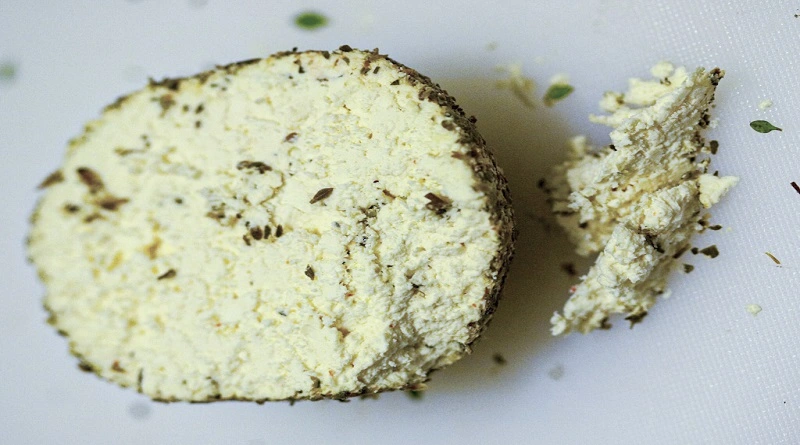
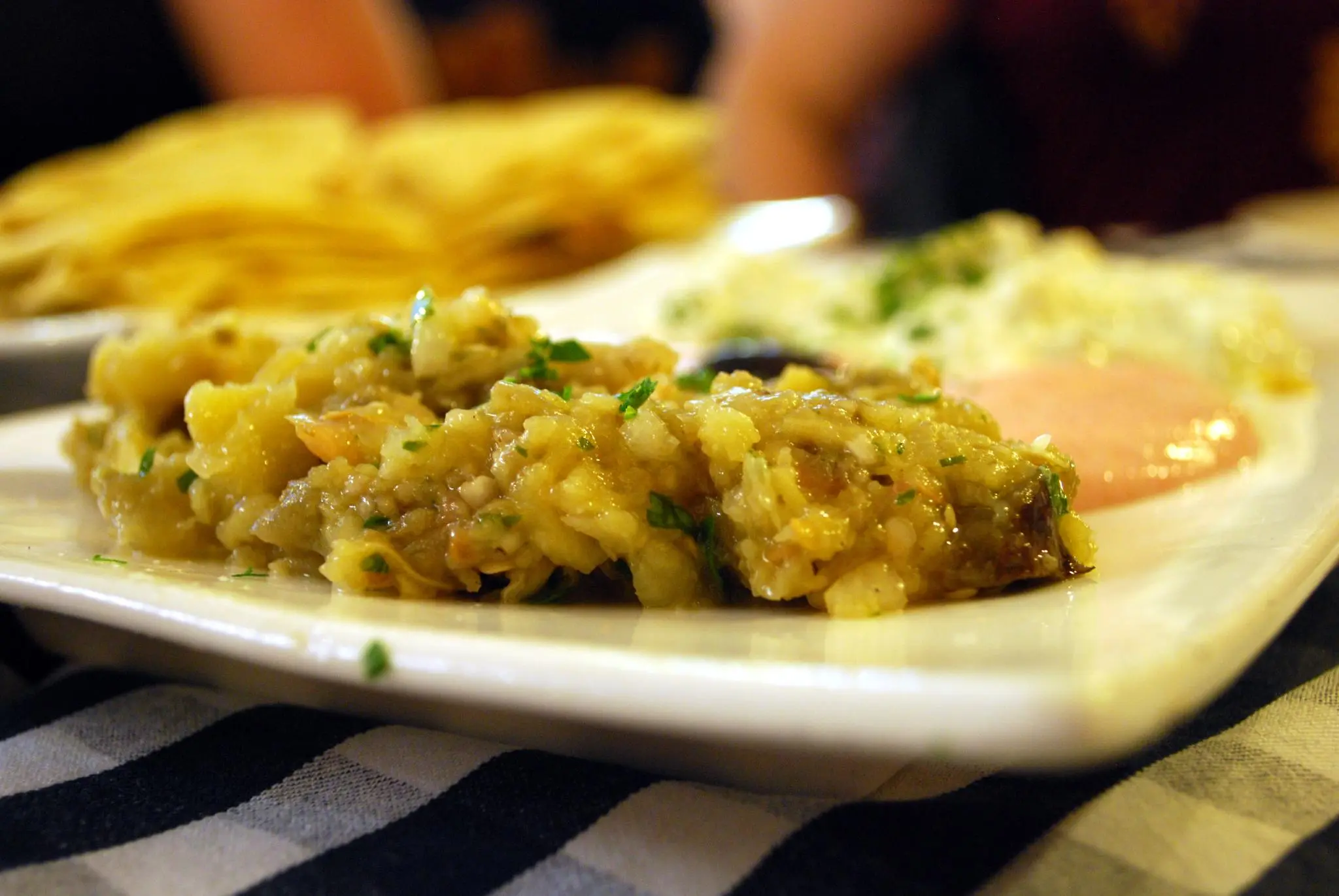

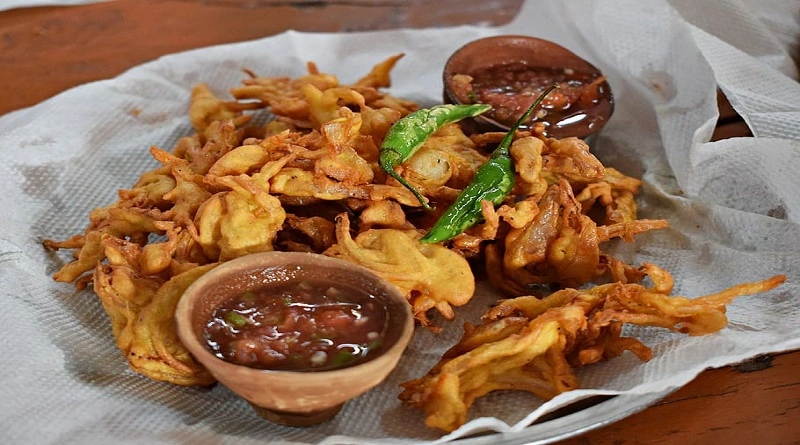

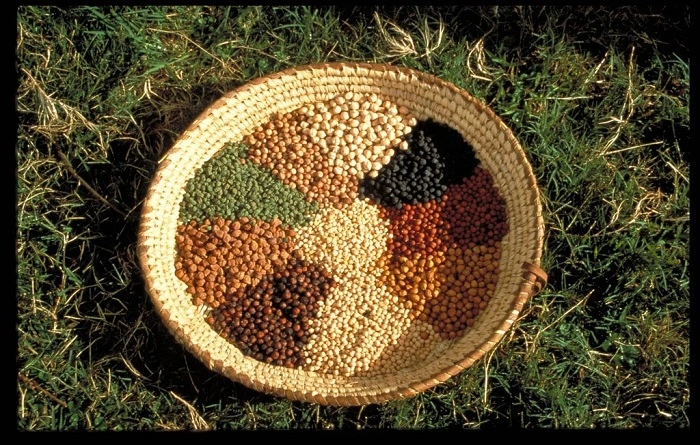
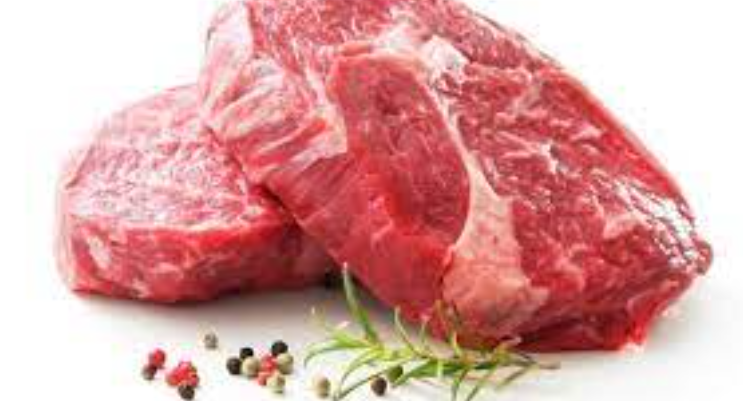
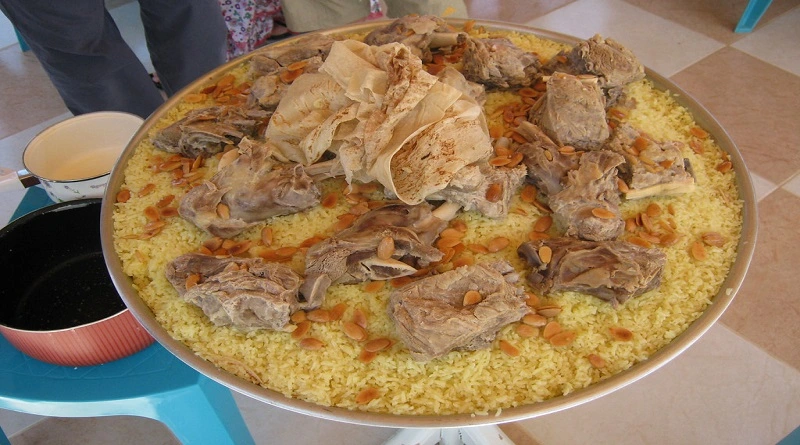
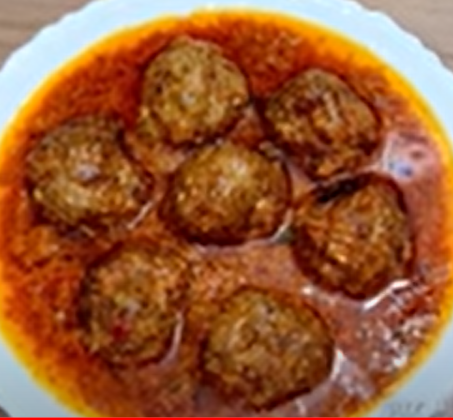



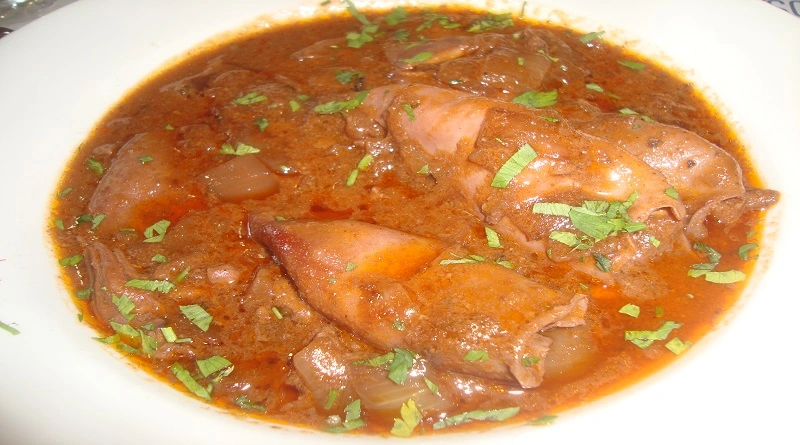
Im very happy to find this web site. I need to to thank you for ones time for this particularly wonderful read!! I definitely liked every bit of it and I have you saved to fav to check out new stuff on your website.
Thank you so much for leaving such a kind and encouraging comment on my blog post. It truly means a lot to me to know that my efforts in creating content are appreciated and that I have inspired you to start your own site.
I will continue striving for excellence in my writing and hope to deliver more high-grade blog posts. Thank you again for your motivation, and support and for being a valued reader of my site.
Thank you so much for leaving such a kind and encouraging comment on my blog post. It truly means a lot to me to know that my efforts in creating content are appreciated.
I will continue striving for excellence in my writing and hope to deliver more high-grade blog posts. Thank you again for your motivation, and support and for being a valued reader of my site.
Reading your article helped me a lot and I agree with you. But I still have some doubts, can you clarify for me? I’ll keep an eye out for your answers.
its pleasure for me that my article helped you. you may ask any of questions on the article